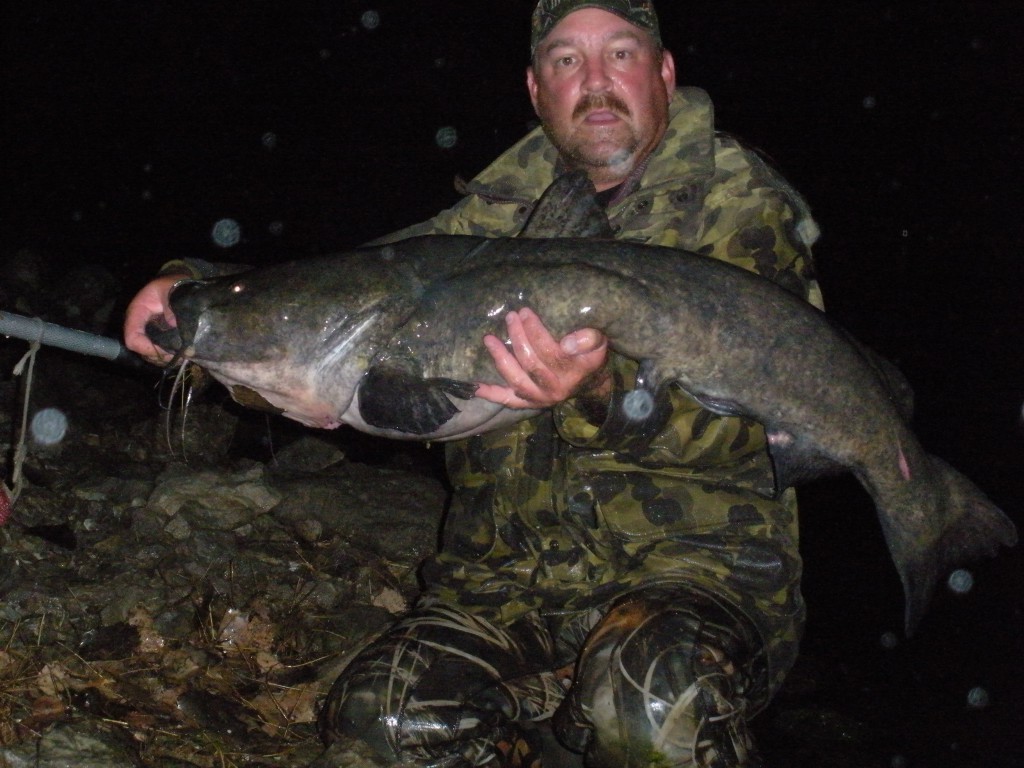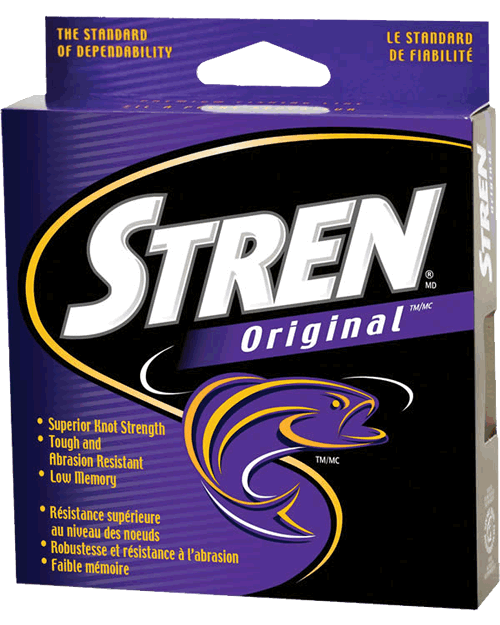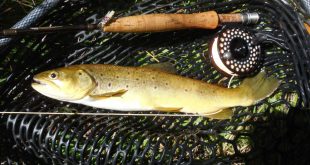I am old enough to remember when we basically had 2 and only two choices in fishing line–monofilament and braided dacron (By the way, I still use some old braided dacron, and it is a great line for some fishing situations). We used to think we had hit the jackpot when we could walk into Gibson’s and find a huge spool of 8-pound test monofilament for 99 cents. As I got older and wiser I discovered that there were much better quality monofilaments that cost more, but were well worth it. When Stren came out with the fluorescent blue, yellow or orange monofilament lines, well, all the cool anglers were using that stuff. I still am.
Nowadays we have a lot of fishing line options, and thankfully there are a lot of quality lines on the market. However, all the choices can be confusing. Again I will tell you that all the different baits and lures, rods and reels, AND fishing lines are simply different tools for different jobs. The different lines have different qualities and excel in different fishing situations. To make sense of it all, here is a little video we put together a few years ago:
Last week I found some additional information on the internet that further explains the differences in the types of fishing line on the market and will help if you are trying to decide what is best. Check out these:
What line do I use? All of them!
I still use a lot of monofilament line for a variety of fishing situations. I believe a high-quality monofilament is still a good line for a lot of uses, it can be an “all around” line for many fishing situations. However, I prefer my monofilament to have less stretch and less flexibility than what many folks prefer.
In recent years I have been using the no-stretch “superlines” for more and more fishing situations. The “superlines” are relatively new options as fishing lines and the various products on the market are made in a variety of slightly different ways. They have all been generically called “superlines” because they use some type of Dyneema fiber, the same stuff used in making bullet-proof vests. Those lines are extremely thin for their break strength and the fact that they have no stretch or almost no stretch makes them great tools for many fishing situations. I use them for casting and trolling crankbaits and swimbaits, some jig-fishing situations, and for vertically jigging especially in deep water. Just keep in mind that if you use “superline”, you might have to compensate for its lack of stretch by using a softer rod and being careful when playing fish so you do not rip the hooks right out of their mouths.
Lastly, I use some fluorocarbon too. Fluorocarbon lines have a refractive index the same or close to that of water. In other words, they refract light the same as water and therefore are relatively invisible in the water. Fluorocarbon is also abrasion resistant. I use some fluorocarbon in clear water situations and I use it as a leader in many fishing situations.
A person will pay more for the “superlines” and perhaps for the fluorocarbons. One thing to keep in mind about that is that the “superlines” last a long, long time and do not need to be changed as often as monofilaments or fluorocarbons. Mono- and fluorocarbon lines deteriorate with time and use and should be changed frequently. On some of my most-used rods and reels, I will change monofilament line several times in an open-water season, maybe up to a half-dozen times depending on use. I will not change fluorocarbon lines as frequently as monofilaments, but depending on the amount of use, fluorocarbons get changed when needed.
I will buy monofilament line in the strength and brands I like in the big, bulk spools, the 3,000 yard spools. That line will keep just fine as long as you store it someplace cool and out of the sun. I do NOT re-fill the entire spool with monofilament line when it is time to replace it. A person only uses the last 100, maybe 200 feet of line on a reel for most fishing situations, so I fill most of a reel spool with line and then when I change line I replace only the last 200 feet. I splice that new line onto the filler line already on the reel spool with back-to-back Uni-knots. Here is some more basic information on spooling new line onto a reel:
Quality line does make a difference and will result in more and bigger fish. Do not cut corners and do not assume that one line is best for all fishing situations. Do some experimenting and as you learn new techniques you will find a need to use a variety of fishing lines. Choosing the best lines may be a lot more complicated than the days when there were only a handful of choices, but then again, the variety available to anglers now can make you much more successful!

 Nebraskaland Magazine
Nebraskaland Magazine




